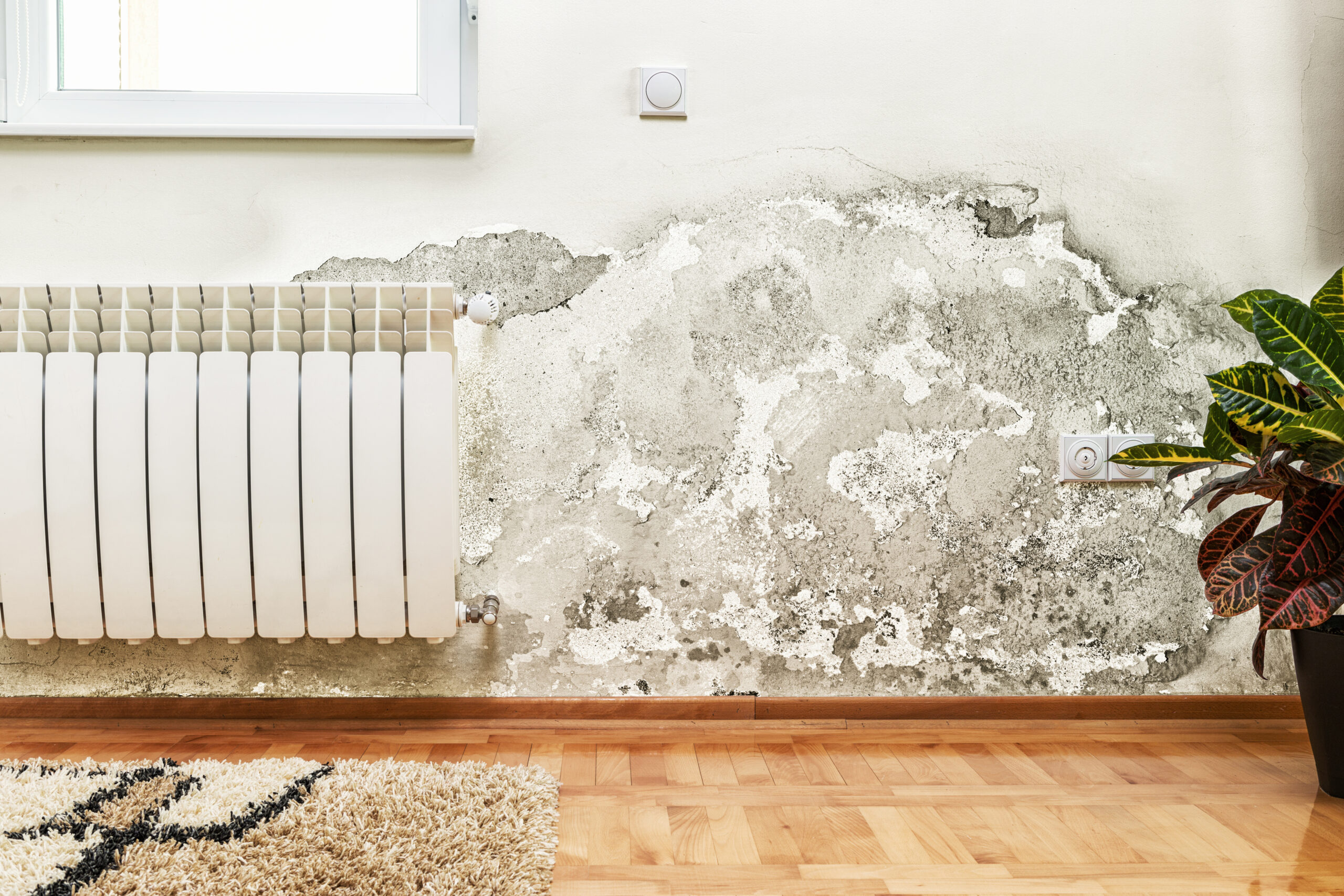Risks
Rising damp can be a serious problem, which if left untreated can lead to structural issues. It can cause damage on internal and external walls, and also flooring; this manifests as blistering paintwork, peeling wallpaper, warped parquet flooring and cracked plasterwork. Rising damp occurs when moisture travels up through the ground and enters a building via the masonry, including foundations, slabs and walls.
Phenomenon
It is a natural physical phenomenon that arises around fault lines where an electric charge has been created. This electric charge is responsible for the migration of water molecules from the fault lines to the ground surface. To protect homes affected by rising damp, BFL® International has developed a range of innovative and non-invasive solutions: the I.P.E®, the I.PE® Pro+ and the I.P.G®. These devices will permanently and efficiently treat 100% of the problem, by drying out all walls, floors and foundations. They are quick and easy to install, and with different strengths to cover homes from 10 to 2,500m2, only one device is needed per house. All products come with a 30-year guarantee. Does your home suffer from rising damp and would you like to install one of our I.P.E® or I.P.G® device? Or perhaps you’re already fully convinced, and would like join BFL® International’s distribution network? Then, don’t delay, contact our Team on 📞 +33 756 246 992 or ✉️ contact@bfl-international.com





